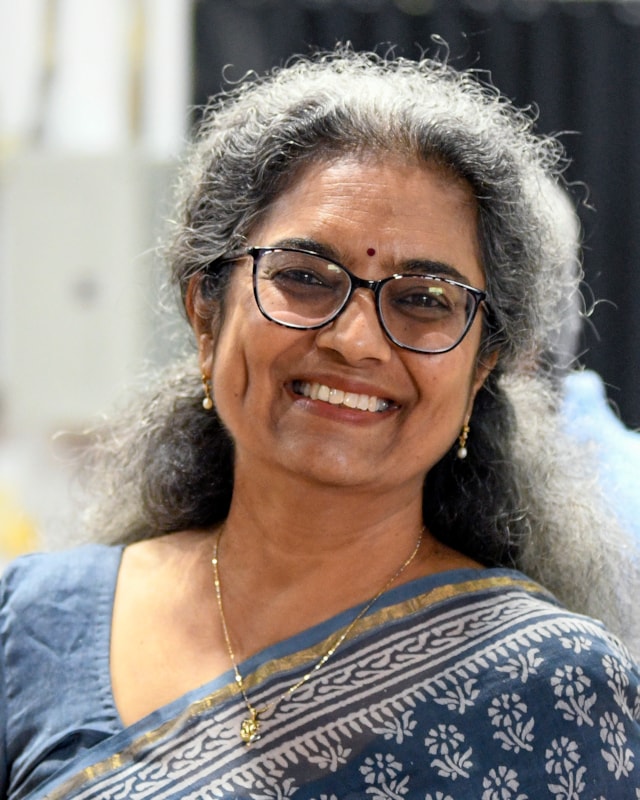
In this hands-on STEAM workshop/residency, students will learn the basics of the tribal art style called Warli, from the states of Maharashtra and southern Gujarat in India. They will identify the states on the map of India. This tribal art style is monochromatic in nature and has a very simple artistic vocabulary of using dots, lines, triangles, and squares. Even though simplistic, it is quite expressive and is used to convey everyday stories. With brown mud backgrounds and drawings in white, the paintings bring an element of freshness to the day-to-day events that they symbolize. The topics covered will be nature (flora and fauna) and people. Although art is oftentimes a visual medium, it is capable of communicating as effectively as words. Using these Warli motifs, the effort will be to convey an idea or story.
FOR GRADES 3-5: We will use simple materials like black markers and index cards to keep the size of the artwork small and manageable. We will create 2-4 greeting cards and a Warli drawing on a paper plate by the end of the workshop. FOR GRADES 6-8: In addition to index cards (used for practice), we will use a brown paper bag and white pens or white paint with brush to depict a story. Each student will create a full composition of a story he/she wants to tell by the end of the workshop. Reusing paper bags is also a step towards sustainability.
FOR GRADES 9-12: We will use store gift bags or grocery brown bags as a step towards sustainability. First we will paint them dark brown/red ochre for a background with the Warli content painted using white paint. By the end of the workshop, students will create and render a Warli composition to describe a nursery rhyme.
Artist Background
SAMPADA KODAGALI AGARWAL is a passionate visual artist, who has spent more than 18 years exploring traditional Indian folk and tribal arts. Much of her work is primarily influenced by India and its rich and diverse culture. Her work has been accepted in a number of exhibitions/shows and she is part of various community outreach and philanthropic causes.
She has embraced the opportunities available to her while living in the United States by interacting with local art and artists. Living outside India has not hindered her from studying various folk-art forms from India, as well. This exposure to art from different continents has helped her understand that art can indeed be a bridge that helps link people from different cultural and geographical backgrounds.
Search Criteria
- Program Type: Workshop/Residency
- Discipline: Visual Arts
- Grade Level: Elementary, High, Middle
- Cultural Context: Asian
- Accepts bookings in Johnston County





